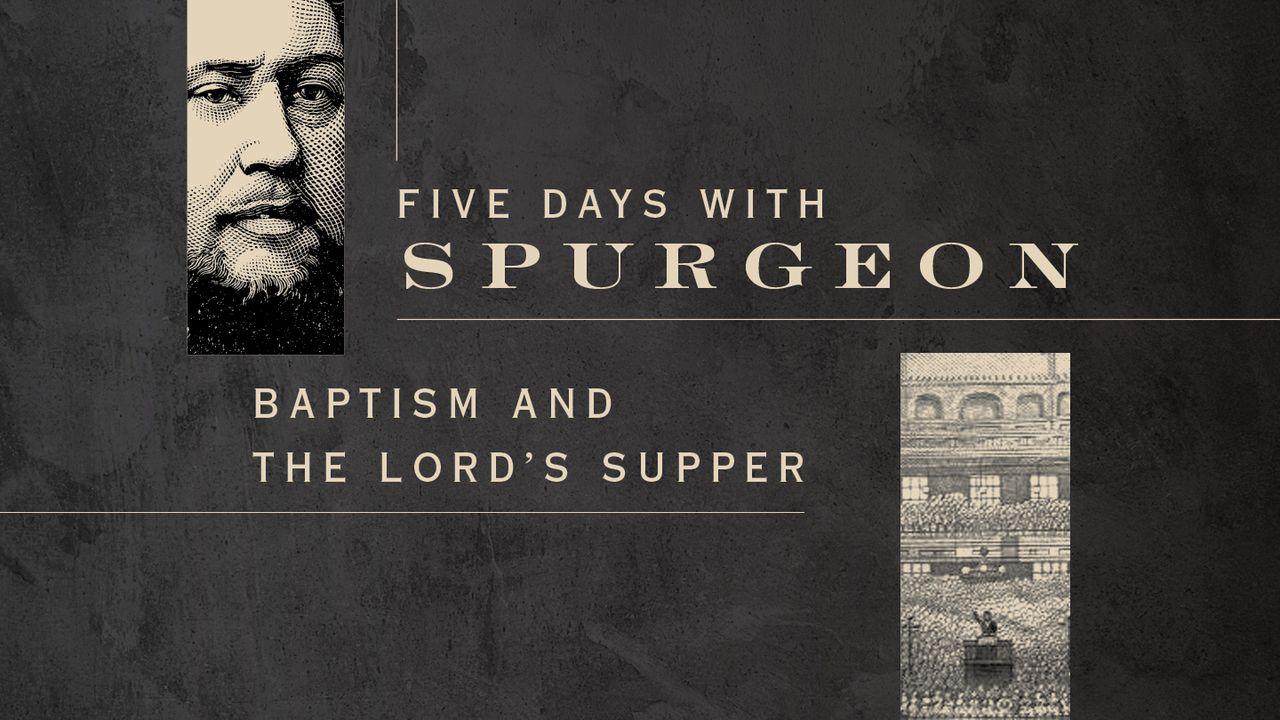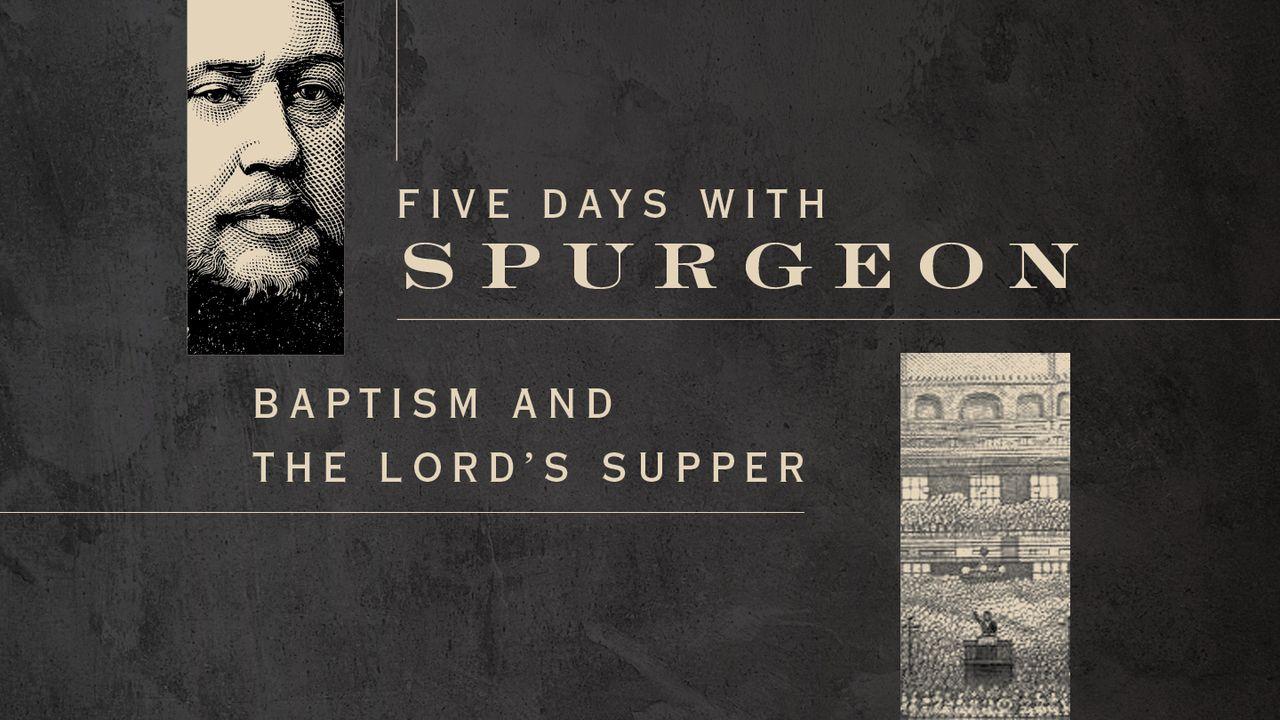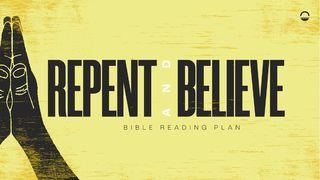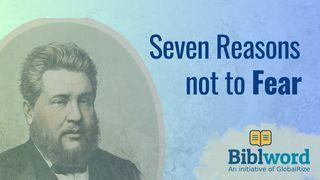Plan info
Five Days With Spurgeon: Baptism and the Lord’s SupperSample

## Unity Through Baptism
Yesterday, we examined Spurgeon’s rejection of any salvific merit of baptism. Today, we look at the second and third key aspects of his baptismal theology.
Spurgeon also considered baptism a mark of distinction between the world and the church. On the one hand, baptism pictured dying to the world. Spurgeon writes,
> Baptism is the mark of distinction between the Church and the world. It very beautifully sets forth the death of the baptized person to the world. Professedly, he is no longer of the world; he is buried to it, and he rises again to a new life. No symbol could be more significant. In the immersion of a believer, there seems to me to be a wondrous setting forth of the burial of the Christian to all the world in the burial of Christ Jesus.
Baptism also united the believer to the church. This relationship was pictured in church membership. Spurgeon always held baptism and church membership together. In the thousands who were baptized at the Metropolitan Tabernacle, all of them were brought into church membership. As the initiatory ordinance of the church, baptism was “necessary to the very existence of the Church of God” because this is how Christians were brought into the church.
Finally, Spurgeon believed baptism pictured the Christian’s union with Christ in His death and resurrection. In one’s own baptism and every baptismal service in the church, the Christian was reminded of his union with Christ. Thus, baptism became a wonderful expression of the believer’s faith.
While Spurgeon rejected baptism as being in any way salvific, he held faith and baptism closely together. All those with genuine saving faith in Christ should and will want to express it by being baptized. “Baptism is the outward expression of your faith. You are immersed in water to signify that you believe that you are buried with Christ, and that you rise again to life in him. But the saving matter is the believing—the trusting is the great soul-saving grace.” Therefore, like the apostles, Spurgeon did not hesitate to call people to respond to the gospel by believing and being baptized.
For those who have been united to Christ in His death, they are also raised to walk in newness of life. In baptism, the Christian proclaims that he is dead to sin and alive to God. With this ordinance at the beginning of the Christian life, the clear expectation is holy living. “Thus, at the very doorstep of the Christian religion, in its first inward act and its first outward symbol, you get the thought that believers are henceforth to be separated from sin and purified in life.”
About this Plan

Many churches struggle to know what to do with church ordinances. Baptism and the Lord’s Supper should be part of the church, but misunderstanding is common. Geoff Chang shows Charles Spurgeon’s strong model for these or...
More
Related plans

Strength to Soar by Toni LaShaun

Hope Beyond Circumstances

Keep the Faith in a World Turned Upside Down by Dr. David Jeremiah

5 Minute Scripture Memory

I Shouldn't Feel This Way by Dr. Alison Cook

At the Feet of Jesus

From Now On

Horizon Church May Bible Reading Plan: Repent and Believe - the Gospel of Mark

What If...
